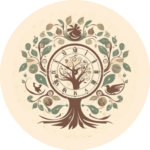Content Warning: Discussion of Cannibalism, Sexual Assault, Violence.
How old was Little Red Riding Hood? In the earliest, 16th-century versions of the tale, she was around the age of puberty. Other details you might not know include the wolf making the girl eat her grandmother’s flesh (including her sexual organs and breasts) and drinking the old woman’s blood from a bowl before attempting to ravish the girl. But, using her guile, Little Red Riding Hood escapes, with the help of washerwomen who were working on the nearby river. This was a story about a young girl who was not ready to be initiated into the adult world of sex, represented by the wolf (and the blood), who was saved by her own resourcefulness and by a network of older women. To survive the lustful wolf, a combination of youthful wit and the wisdom of age was needed.
You might be wondering where was the woodcutter who saved Little Red Riding Hood (and, in some versions, the grandmother too). Well, he wouldn’t show up until later, effectively replacing the feminine wisdom gained through experience represented by the washerwomen with the image of a ‘good’ and brave man, in contrast to the wicked and savage wolf.
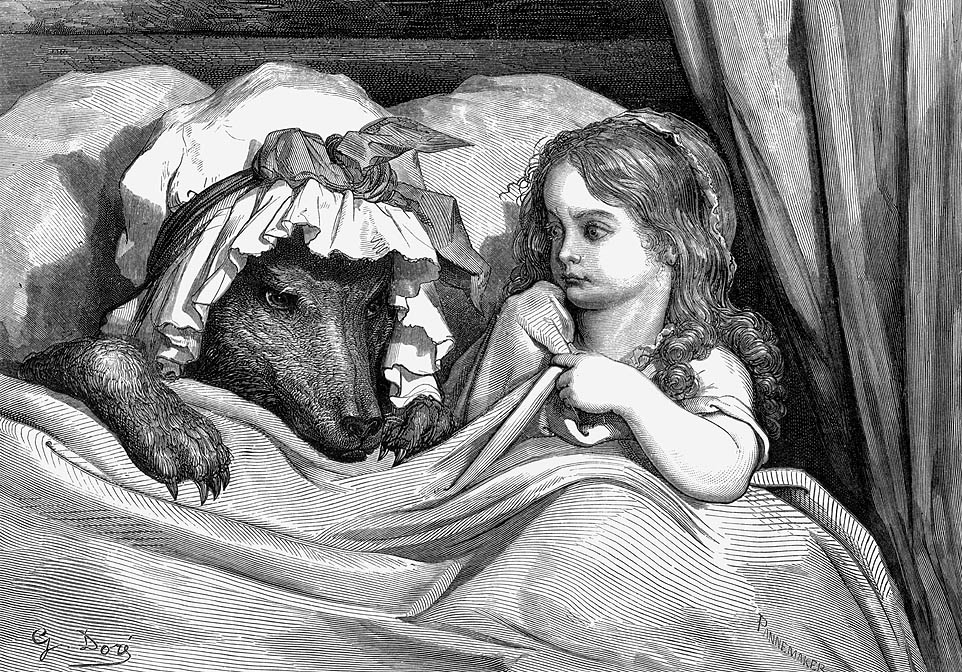
Contextualising Fairy Tales: Little Red Riding Hood in Historical Context
It is often said that fairy tales used to be much ‘darker’ stories and that they have been diluted throughout the centuries – just think of Disney’s saccharine versions of many famous tales. I think that’s too simplistic. But the changes fairy tales go through do tell us a lot about the context in which the stories are being told. There are no ‘right’ or ‘wrong’ versions – and even tracing the ‘original’ story can be a fraught task. Fairy tales often seem to exist in a world of their own: they belong to no one and to everyone, their centuries-long history creating a kaleidoscopic story in which multiple versions coexist, often contradicting themselves, and they can always be reinvented. Being atemporal is one of the many charms of these kinds of tales.
Yet stories are always created (and re-created) in a specific context; they reflect culture and are firmly grounded in a specific time and place. Fairy tales give us clues about what a society values, fears, prioritises, or considers taboo. Little Red Riding Hood was a 16th-century tale from the French countryside. It was a world in which older women were believed to possess ‘secret’ knowledge about the human body: they knew about the mysteries of childbirth and reproduction. They had ‘womb knowledge’: knowledge about the uterus, sure, but also knowledge gained through their bodily experience and sexuality, such as having children themselves. By the 18th century, the world of childbirth was rapidly changing: man-midwives (accoucheurs), surgeons, and physicians were gradually replacing traditional midwives and matrons in the birth room. Maybe it’s no coincidence that Little Red Riding Hood’s story changed: she was rescued by a strong and skilled man, instead of the washerwomen.
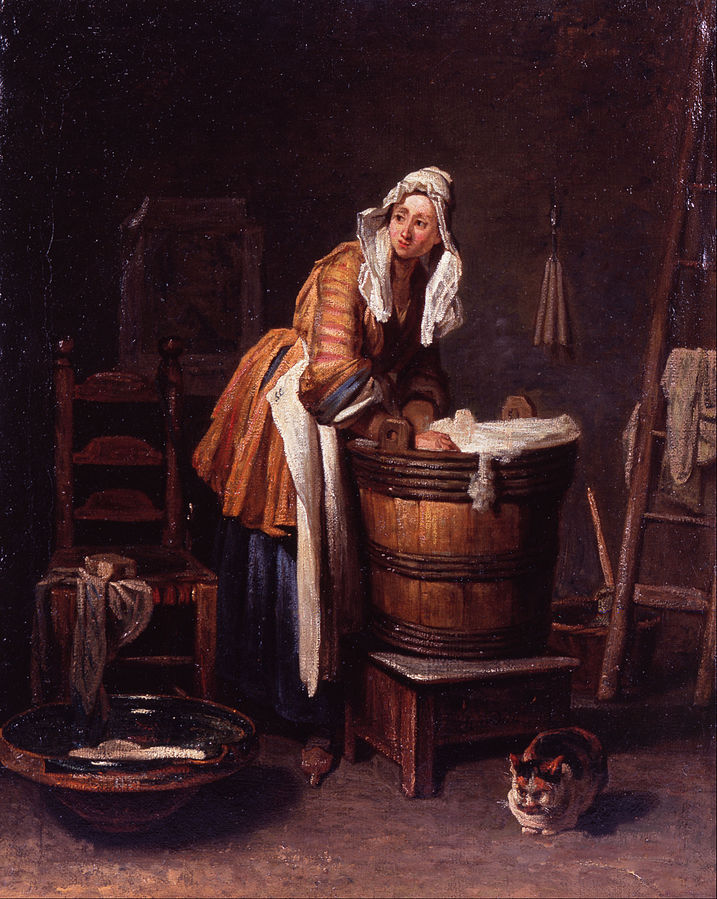
You might be thinking that this is a stretch – and I won’t make a case for the woodcutter’s axe being a stand-in for the man-midwife’s forceps, I promise. Still, childbirth was becoming increasingly medicalised (we could even say ‘masculinised’) in this period, and it is possible that changes in popular fairy tales reflected that change. In any case, the colour red in the story is often associated with menstruation and sex – most famously, by psychoanalysts such as Bruno Bettleheim. Although I should probably mention that there was no red cape in the earliest versions. But there was the bowl full of grandmother’s blood from which the girl drank – perhaps symbolically assimilating her adult womanhood through blood, whether from menstruation, loss of virginity, or childbirth. In this version, initiation into the adult world is connected to fertility and reproduction. Reading fairy tales as though they exist outside a specific cultural context is a pet peeve of many historians – myself included. But let’s come back to the older women.
When I started researching 16th and 17th-century recipe books – which included everything from making strawberry preserves, removing bodily hair, writing in invisible ink, and provoking an abortion – I was surprised at how many menstruation recipes I found. Much of women’s health (not to mention fertility) was connected to having regular periods, and both the quantity and quality of the blood were important factors. But, if menstruation was so central, how come I couldn’t find any recipes about menopause? Of course, the word menopause itself didn’t exist yet (it was usually just called the ‘cessation of the terms’ or the ‘end of the flowers’), but maybe I could find recipes about how to treat its symptoms…? But no, remedies to treat these women were nowhere to be found.
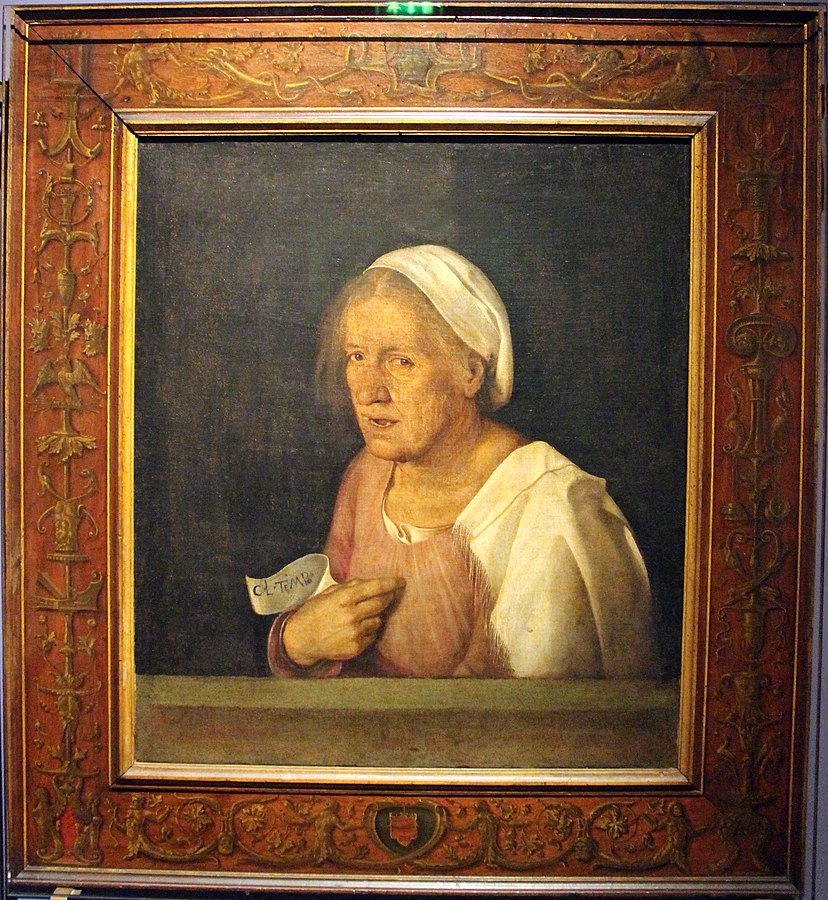
Menopause and Transformation: Shifting Roles of Older Women
Many older women report feeling invisible as they age – ‘Invisible Women Syndrome’ is real – and menopause is still under-discussed. In the early modern period, it was usually believed that menopause made the female body closer to the male; according to the humoral theory, the body became drier with age, which explained why there was no excessive blood to purge. Medical writers believed the womb literally shrivelled, becoming unfit for procreation. The Hippocratic theory of the seven-ages-of-man, according to which the body underwent changes every seven years, meant that menopause should be expected at around 49 years old – although writers reported it earlier or much later than that.
With age – and menopause – came facial hair, the loss of teeth, and osteoporosis, which could affect someone’s posture. It is not a coincidence that all of these characteristics were associated with witches, too. There is much overlap between gender and age where witchcraft is concerned. (You can read more about witches and old age here.) Older women could be despised, but they could also be feared. Free from the concern of accidental pregnancy, post-menopausal women’s sexuality and agency could develop beyond what society considered acceptable. Importantly, they could subvert patriarchal values, which they could transmit to young women, and stand in the way of men.
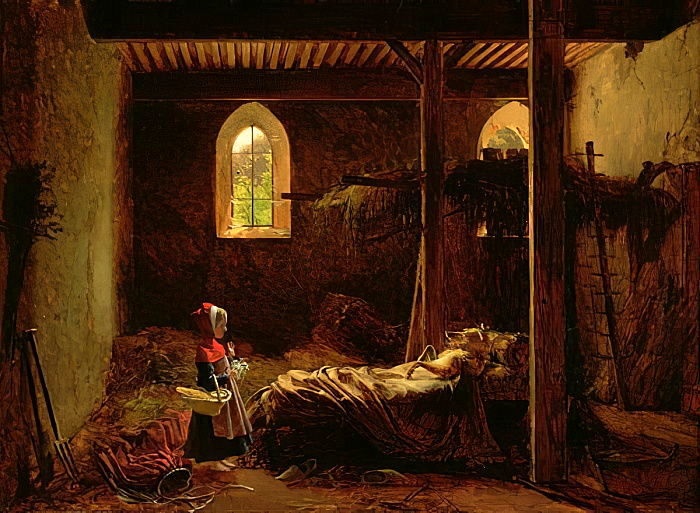
A Deeper Look at Little Red Riding Hood’s Symbolism
Let’s go back to Little Red Riding Hood. In the earliest versions of the story, attitudes about the body, sex, and age can be found everywhere. When the wolf meets the girl, he asks her which path she will take to visit her grandmother: the ‘pins’ path or the ‘needles’ one? Modern readers might imagine these words to describe different kinds of trees in both paths – maybe conifers? But there’s more to it than that. In 16th-century France, pins and needles symbolised different ages for girls. Pins are easier and younger girls would learn to use them first. Plus, they have no opening. Using needles requires time and skill – and needles are made to be penetrated by thread, in a not-very-subtle domestic metaphor for marital sex. If this sounds like a stretch, stick with me. Young girls received pins from admirers and brides received needles to celebrate their entry into adult womanhood. This means that French listeners would probably understand that this is a story about sex.
So, depending on which version readers had access to, the lesson was different. In later retellings (such as the French version by Charles Perrault or the German one by the brothers Grimm), the girl is taught the importance of obeying her elders and not straying from the (single) expected safe path, not trusting strangers, and learning to differentiate between men who are predators and those she can trust. In the earliest, peasant incarnation, however, the girl learns to trust herself and her guile. When she becomes frightened of the wolf, she tries to leave the bed and run away, but he won’t allow her. So, the girl tells him she needs to do pipi, to which the wolf replies that she can just urinate on the bed. Eventually, Little Red Riding Hood persuades the wolf to let her go outside to relieve herself with a rope tied around her leg so she can’t run away. Once she’s out of the cottage, she ties the rope to a tree and runs towards the river. On the bank across from her, there are washerwomen working. They throw a sheet to the girl and pull her across the river and to safety. When the wolf finds out he has been fooled, he too asks the washerwomen to bring him across the river the same way they did the girl. The women comply, only to let go when the wolf is in the water, causing him to drown.

In this tale, innocence gives place to wit, and instead of a solitary male rescuer, the girl is saved by a group of women – and by herself. She is taught the importance of (female) community. Like her grandmother, the older women who help Little Red Riding Hood might be past the point where they would attract male attention – which many would see as a blessing. But through their lived, bodily experience, they have amassed important knowledge, that can be useful for those younger than them. Just like the girl correctly intuited, they know the wolf is not to be trusted.
These different readings reflect distinct societies and cultures. France in the 16th century was not the same as Germany in the 19th. Not to mention regional variations and all the changes that happened when tales told by countryside peasants were adapted to suit the urban elite. Because fairy tales are by definition ever-changing and contradictory stories, their nature allows and welcomes these contrasting readings. If I had to choose, though, I’d stick to the version with the washerwomen – I just can’t resist a story of female community. Not to mention the cannibalism, and the strip tease that happens before the wolf attacks the girl. But I’ll write about that some other time.
Further Reading
Bruno Bettleheim, The Uses of Enchantment: The Meaning and Importance of Fairy Tales (Penguin, 1976).
Robert Darnton, ‘Peasants Tell Tales’, in The Great Cat Massacre and Other Episodes in French Cultural History (New York: 1984), pp. 9-72.
Mary Douglas, ‘Red Riding Hood: An Interpretation from Anthropology’, Folklore 106, 1995, pp. 1-7.
Julie-Marie Strange, ‘Fairy Tales of Fertility’, in The Routledge History of Sex and the Body: 1500 to the Present, edited by Sarah Toulalan and Kate Fisher (New York: 2016), pp. 296-309.
Yvonne Verdier, Façons de Dire: Façons de Faire: La Laveuse,
la Couturière, la Cuisinière (Paris, 1979).
